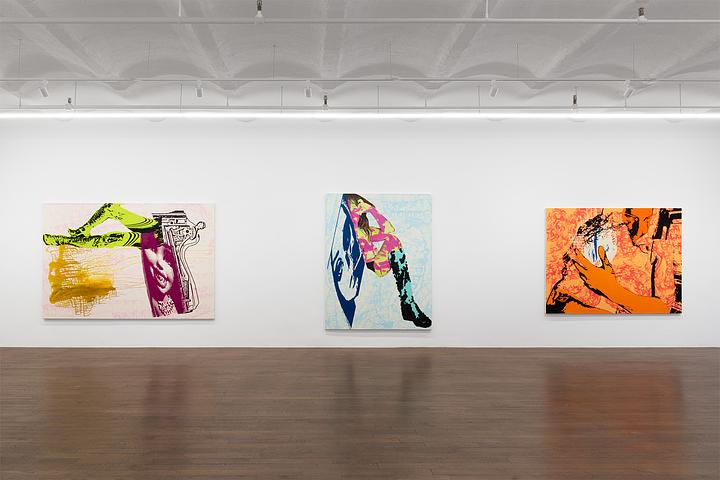
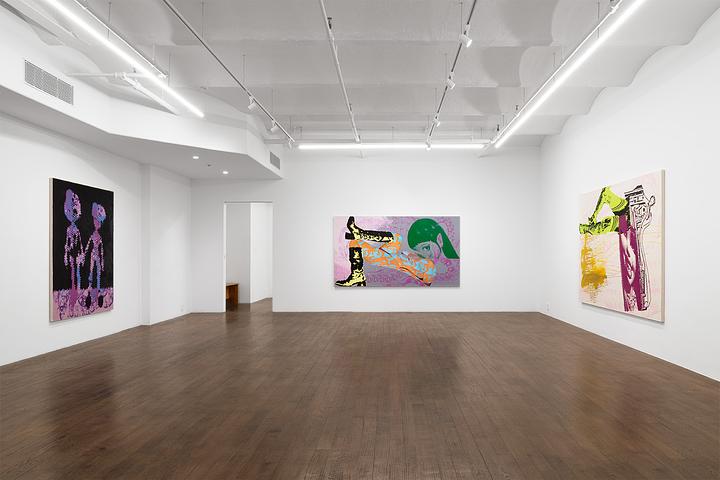
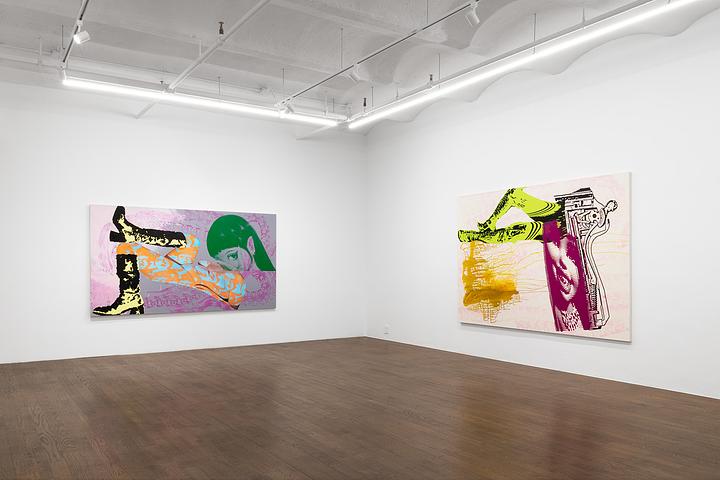
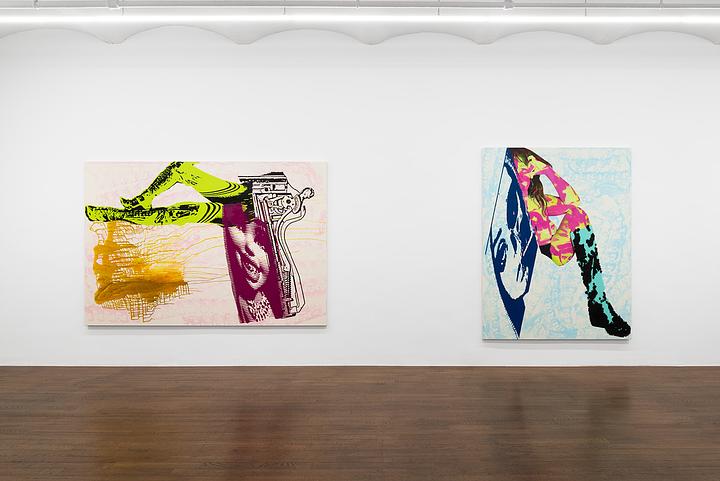
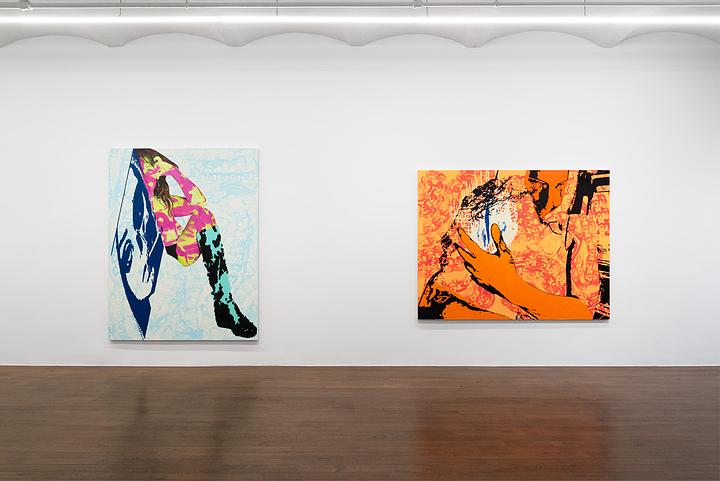

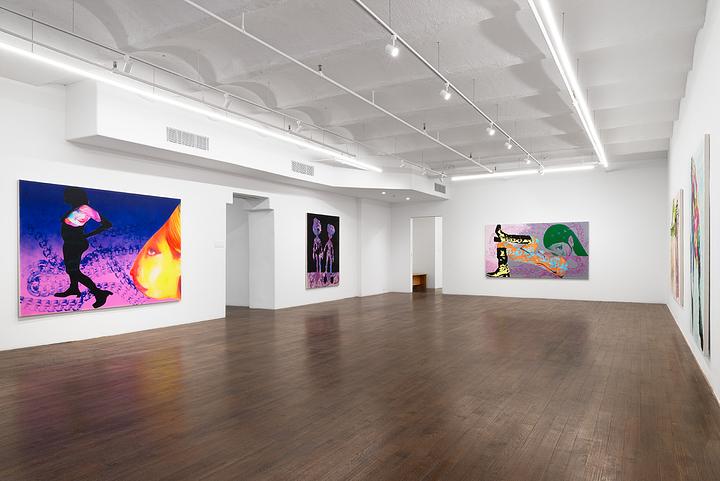
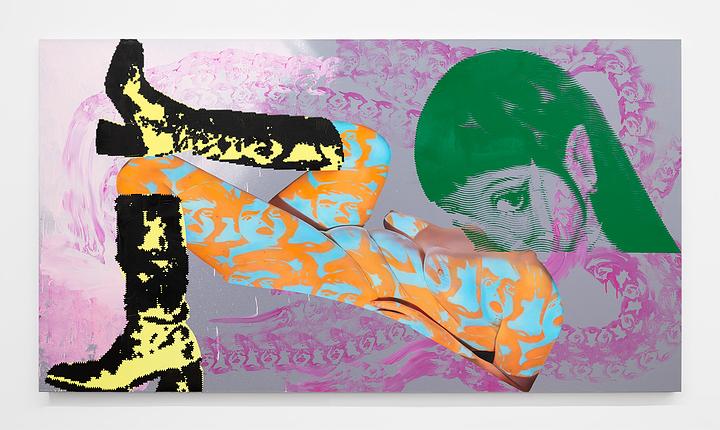
New Values, 2024
Acrylic on canvas
51 x 92 in (129.5 x 233.7 cm)
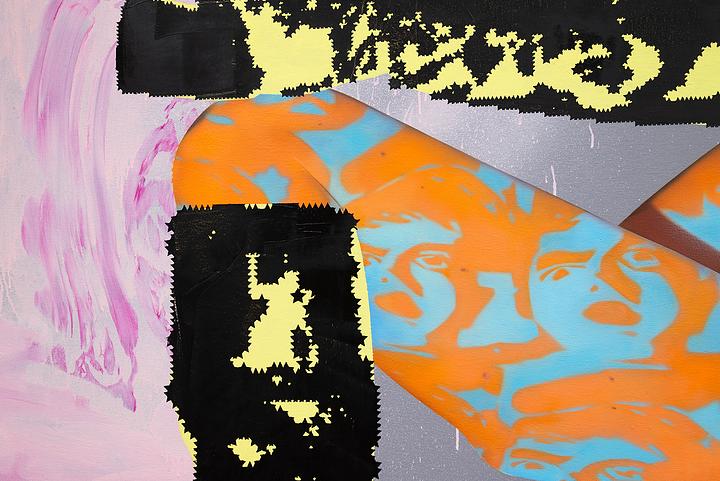
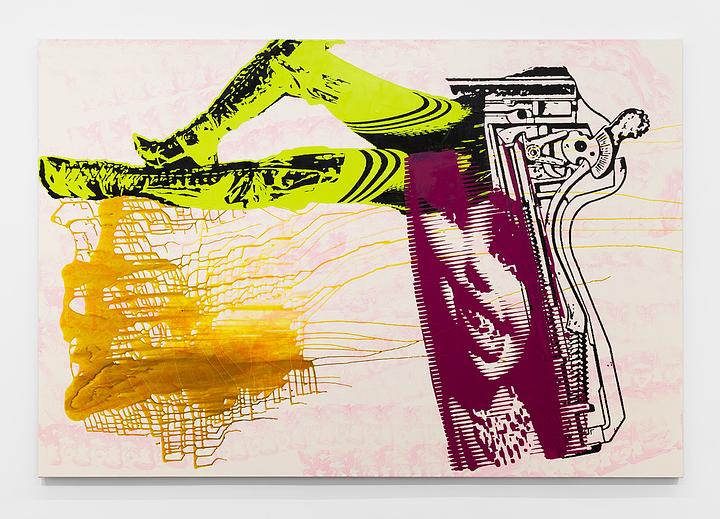
Love Letter Supernova, 2024
Oil, acrylic and lacquer on canvas
61 x 90 in (154.9 x 228.6 cm)

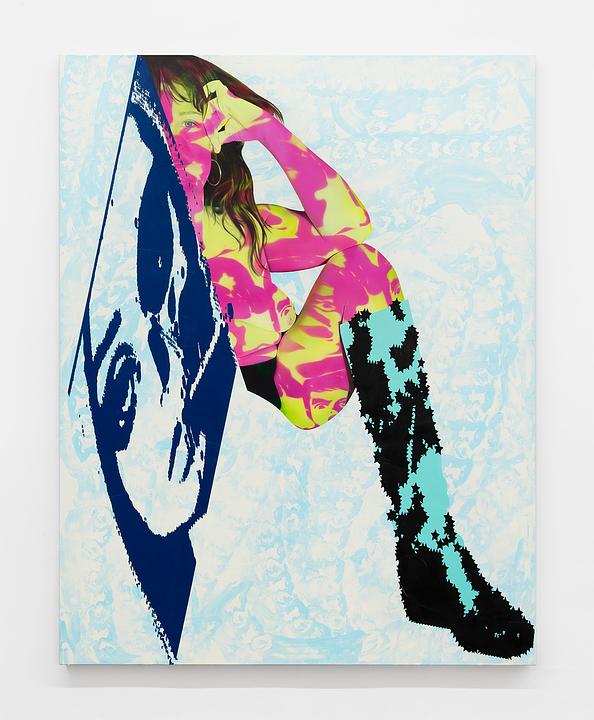
Again Another Evening, 2024
Oil and acrylic on canvas
72 x 56 in (182.9 x 142.2 cm)
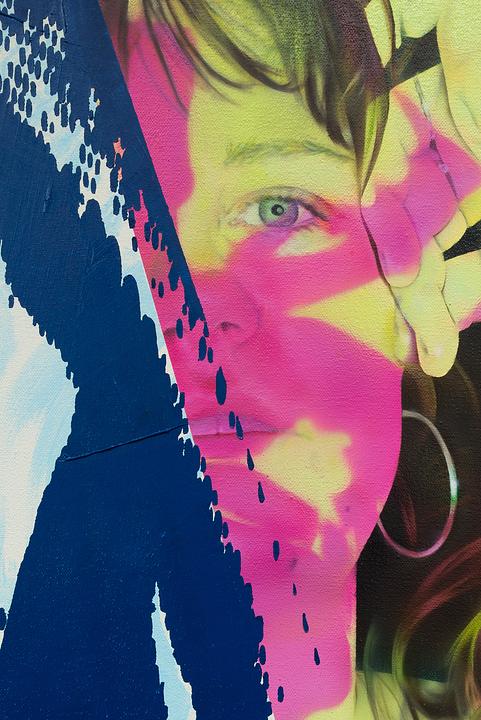

Cathexis Freak, 2024
Oil, acrylic and lacquer on canvas
56 x 72 in (142.2 x 182.9 cm)

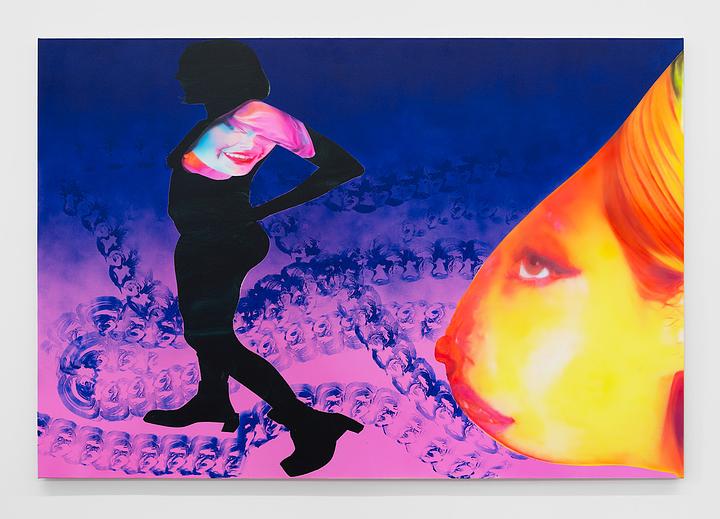
Earth Girls Are Easy, 2024
Acrylic on canvas
61 x 90 in (154.9 x 228.6 cm)
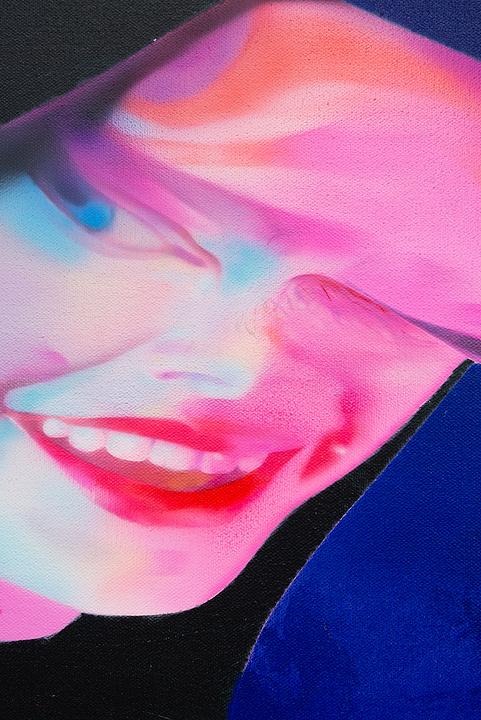

Love on the Spectrum, 2024
Oil, acrylic and lacquer on canvas
63 x 51 in (160 x 129.5 cm)

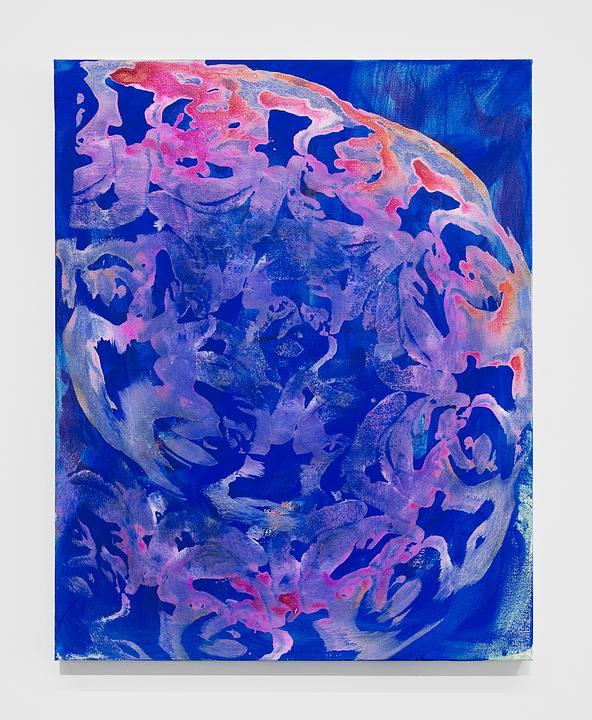
Grateful Dead Cover Band, 2024
Acrylic on canvas
20 x 16 in (50.8 x 40.6 cm)
When your main source of food is breast milk it might be difficult to know exactly what you're ingesting. Things the person breastfeeding eats or drinks can leave traces in the milk—some of their hormones and who knows what else may also be passed on. The only real choice a baby has is how to eat, not eating at all would be choosing death, which a baby is unlikely to do. The breasts and bodies that Zoe has painted look soft and inviting, but are overlaid with projections of psychedelic patterns and distorted faces that could make one feel a bit sick. The patterns are made from repetitions of a scared cop’s face taken from the cover of a Swedish ‘70s satirical counterculture magazine called Puss. It is the facial expression of the authority figure captured at the moment of being challenged. Once you know, you realize his face is everywhere, it is repeated and smudged in the backgrounds, it is hidden in the starry boots.
The combination of female bodies with projections becomes an experience of its own, emergent from the constituent parts, like cinema or a psychedelic light show. There is an atmosphere of excess, which could give one the sense that there is more to life than survival. However, the paintings also evoke the feeling that underneath the surface everything is about survival, reproduction, and death. The bodies look simultaneously pleasant and threatening, as if they could swallow you up. You could get lost in them and lose all sense of perspective, you could suffocate in the softness.
The figures seem adult and display hallmarks of maturity such as wearing dazzling boots and making sexy poses. However, some of their heads are oversized, which makes their proportions more childlike. The rasterized and half transparent female faces are reminiscent of screens—there is a sense that they are temporary and exchangeable, not fully existing. Zoe told me they are the heads of Bratz dolls. The rise of Bratz and their vampish aesthetics seems to reflect a cultural shift in how sexualized femininity is marketed to children. One of these heads looks as if it’s breastfeeding from its own body while seductively glancing sideways.
Touch seems complicated: in one painting someone is hugging what looks like the outline of a person disappeared into a smudge, and in another, two figures holding hands are dissolved into a nothingness of stars. As often in Zoe’s work, it seems to be unclear where the boundaries are between the identities of different figures and which parts are a reflection of herself.
This show is called New Values, which makes one wonder what those could be. It brings to mind ‘70s counterculture and to what extent the new values they claimed to embody and birth actually became realized. In many ways we are marinated in old values, and every time we desire and pursue something new there’s a chance that the subconscious pull towards repetition ensures we get more of the same. When something is new it can make us uncomfortable, even if it’s what we need. Zoe reworks and satirizes aspects of herself and the culture around her, deconstructing, reordering and layering them to allow space for the possibility of something new to emerge.
—Olga Pedan